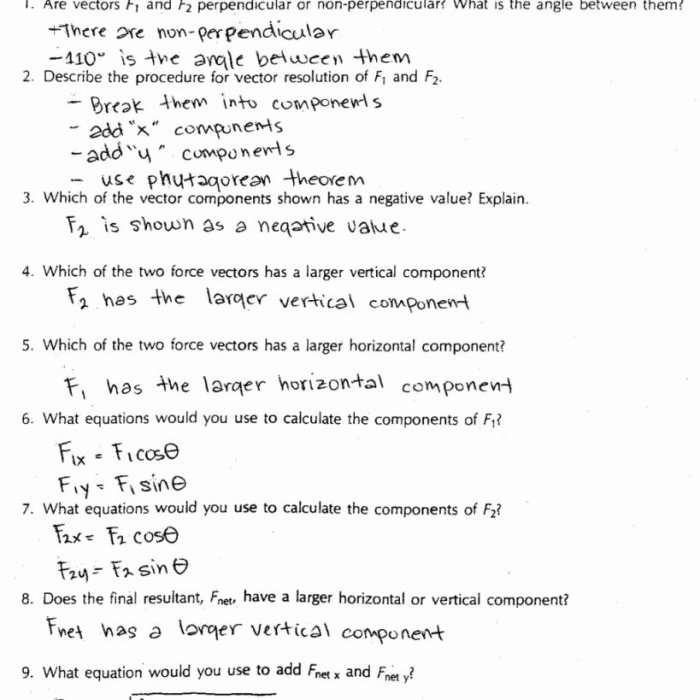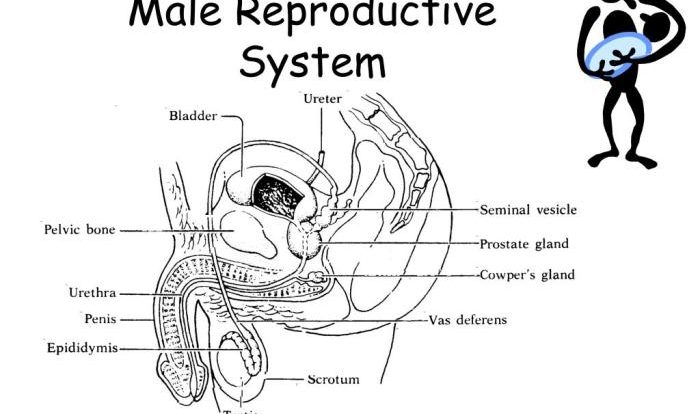The Bill Nye Force and Motion Worksheet is an engaging and comprehensive resource designed to help students understand the fundamental principles of force and motion. This worksheet, crafted by the renowned science educator Bill Nye, offers a hands-on approach to learning, making it an invaluable tool for educators and students alike.
This worksheet covers key concepts such as Newton’s laws of motion, friction, gravity, and momentum. Through interactive activities, experiments, and thought-provoking questions, students can explore these concepts in a practical and engaging way.
1. Overview of Bill Nye’s Force and Motion Worksheet: Bill Nye Force And Motion Worksheet
Bill Nye’s Force and Motion Worksheet is an educational resource designed for students to explore the fundamental principles of force and motion. It targets students in middle or high school grades, providing a comprehensive overview of these concepts through interactive activities, experiments, and exercises.
The worksheet covers key concepts such as Newton’s laws of motion, forces (including gravity, friction, and air resistance), momentum, and energy. It aims to engage students in hands-on learning experiences that foster a deeper understanding of these physical principles.
2. Interactive Activities and Experiments

The worksheet includes several interactive activities and experiments that demonstrate the principles of force and motion. These activities allow students to engage with the concepts through practical experiences.
- Ramp Experiment:Students investigate the relationship between force, mass, and acceleration by rolling objects down ramps of different heights and measuring their speeds.
- Air Resistance Experiment:Students design and conduct experiments to measure the effects of air resistance on falling objects, such as dropping paper airplanes from different heights.
- Newton’s Third Law Demonstration:Students use balloons or rockets to demonstrate Newton’s third law of motion, which states that for every action, there is an equal and opposite reaction.
3. Worksheets and Exercises
| Worksheet/Exercise | Difficulty Level | Duration | Learning Objectives | Examples |
|---|---|---|---|---|
| Force and Motion Basics | Beginner | 30 minutes | – Define force and motion
|
– What is the difference between force and motion?
|
| Forces and Interactions | Intermediate | 45 minutes | – Identify different types of forces
|
– What are the four fundamental forces in nature?
|
| Momentum and Energy | Advanced | 60 minutes | – Define momentum and energy
|
– What is the relationship between momentum and velocity?
|
4. Visuals and Illustrations
The worksheet incorporates visuals, such as diagrams, charts, and graphs, to enhance the understanding of force and motion concepts. These visuals provide a graphical representation of the principles being discussed, making them easier to grasp.
Diagrams illustrate the forces acting on objects, such as free-body diagrams and force vectors. Charts and graphs help students visualize the relationships between variables, such as the relationship between force and acceleration.
5. Assessment and Evaluation
The worksheet includes assessment components to evaluate student understanding. These components can be used for both formative and summative assessment purposes.
- Formative Assessment:Quizzes, short answer questions, and problem-solving exercises are used to check students’ understanding during the lesson.
- Summative Assessment:A final test or project can be used to assess students’ overall understanding of the concepts covered in the worksheet.
Top FAQs
What is the purpose of the Bill Nye Force and Motion Worksheet?
The worksheet aims to provide students with a comprehensive understanding of the principles of force and motion through interactive activities and experiments.
What are the key concepts covered in the worksheet?
The worksheet covers Newton’s laws of motion, friction, gravity, and momentum.
How can I use the worksheet in my classroom?
The worksheet can be used as a standalone resource or as a supplement to your existing curriculum. It can be used for both formative and summative assessment.
